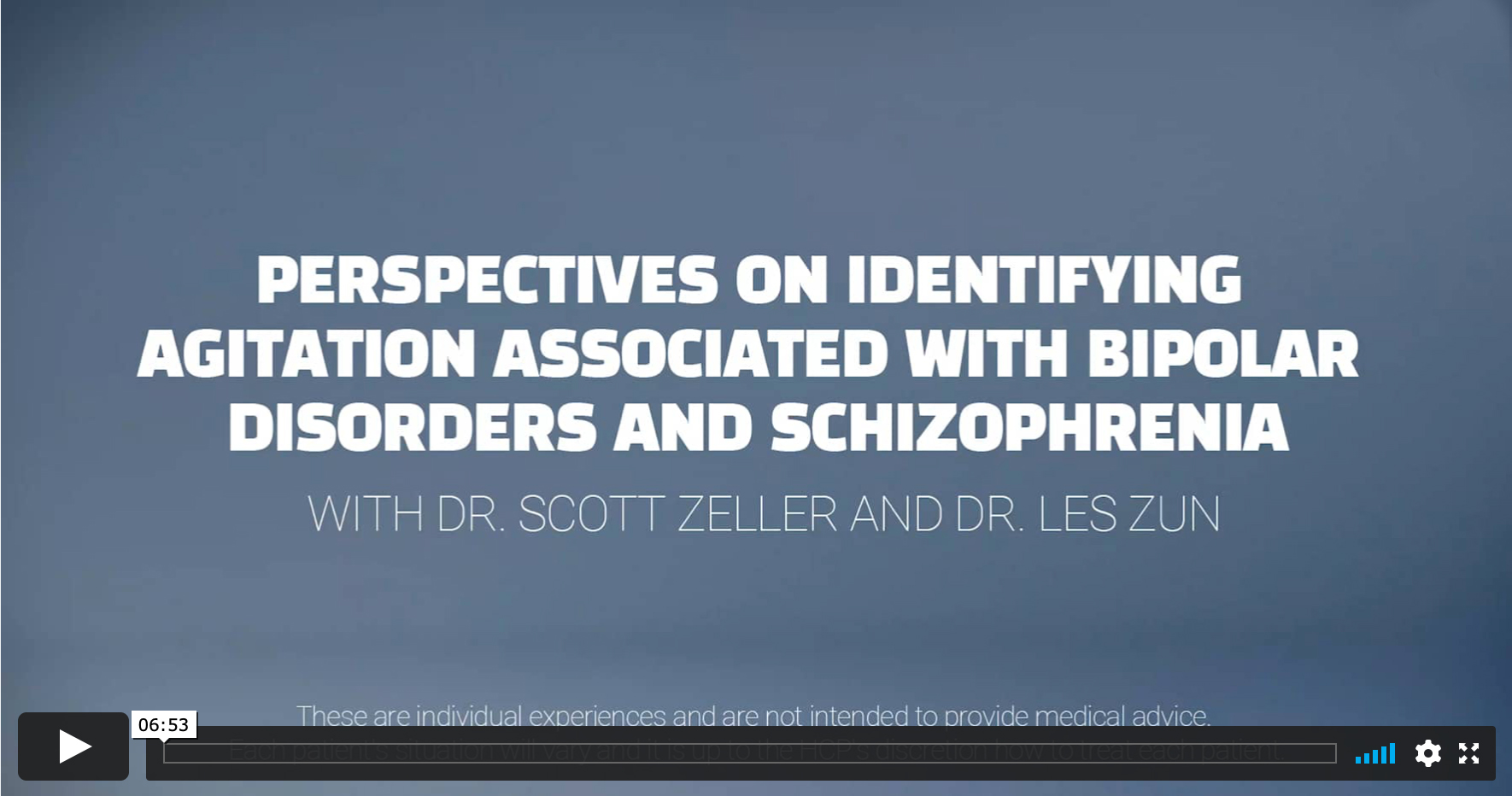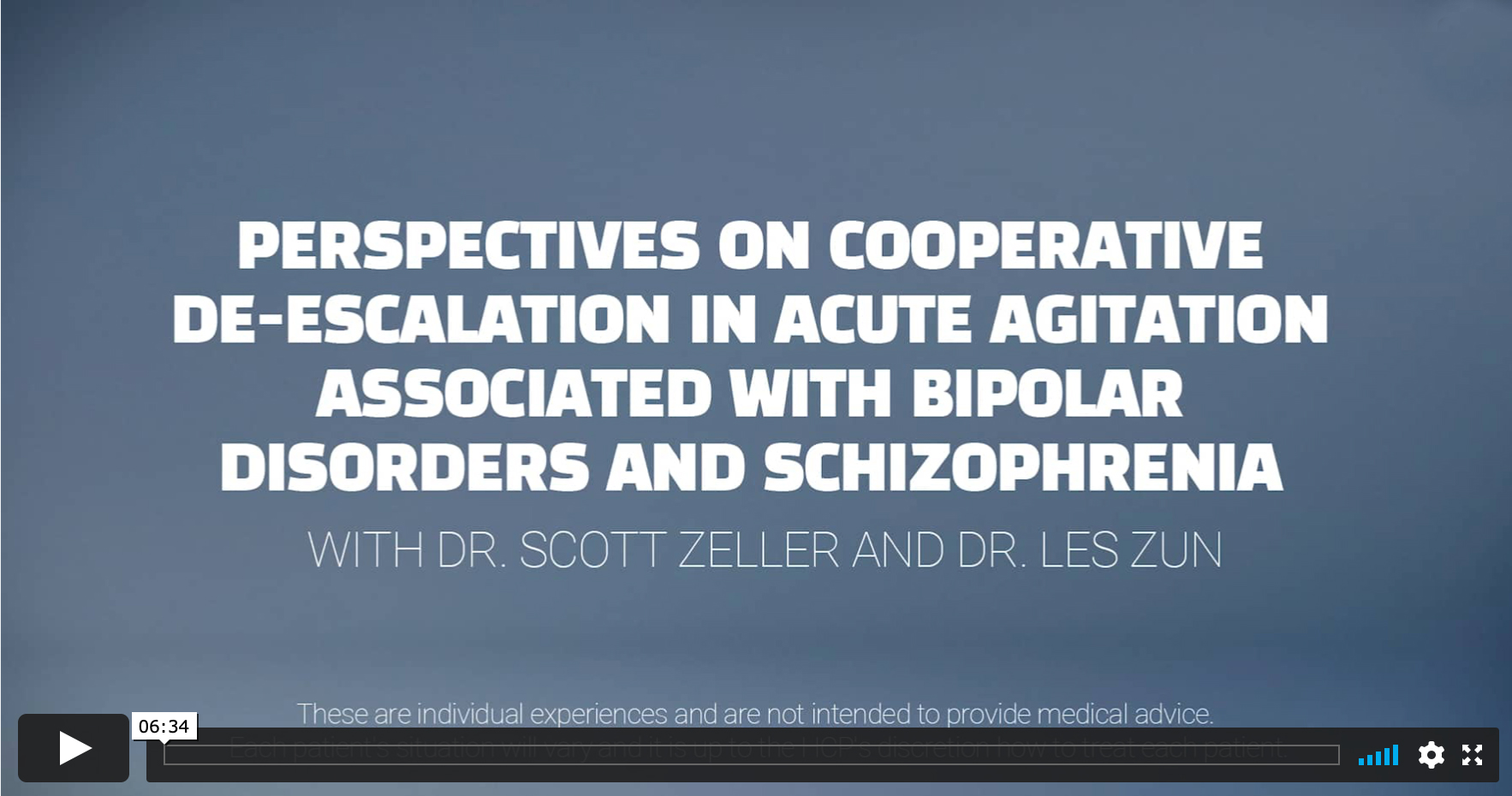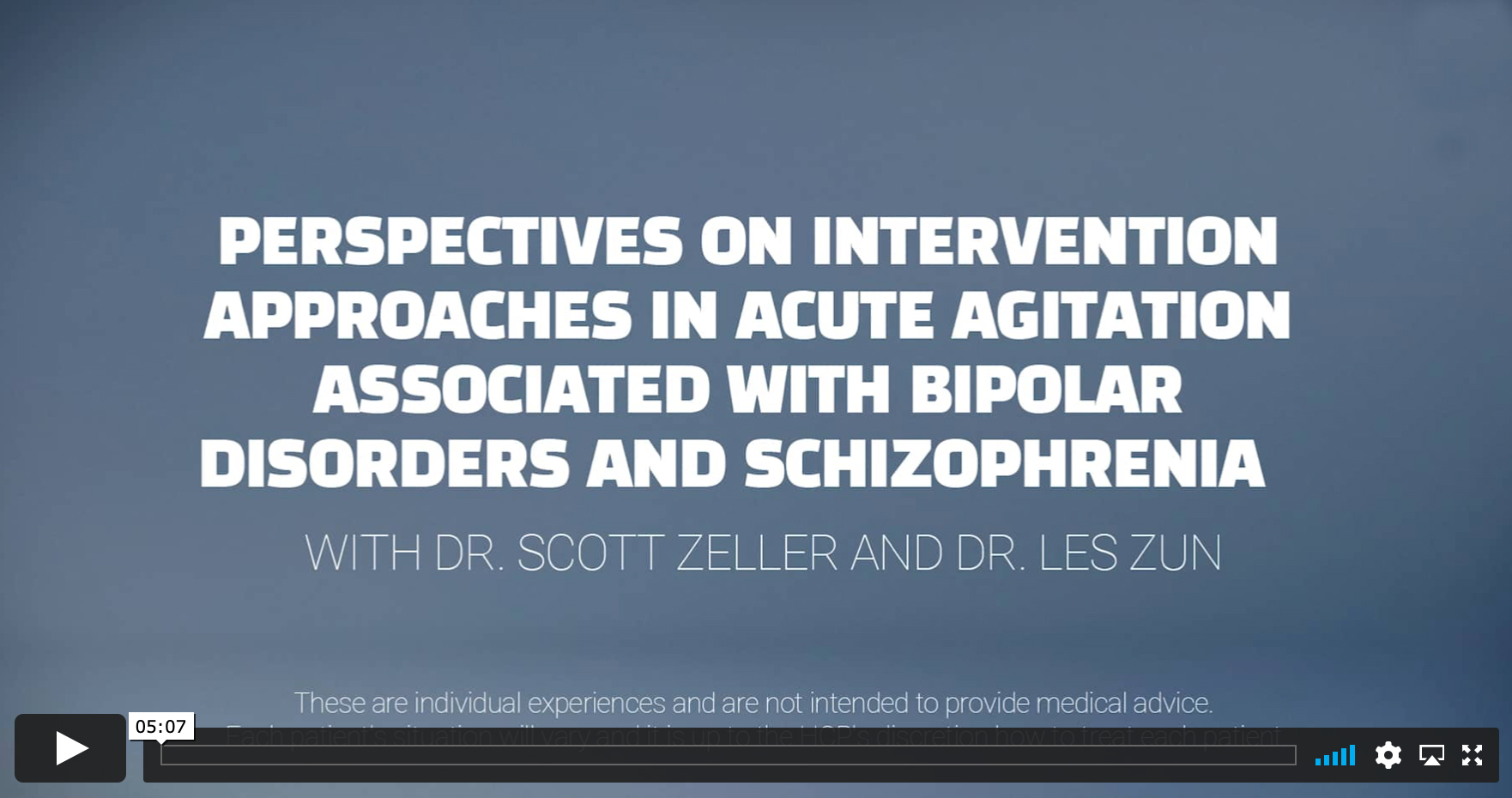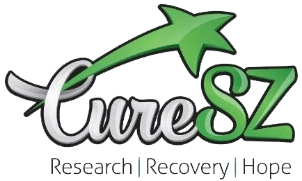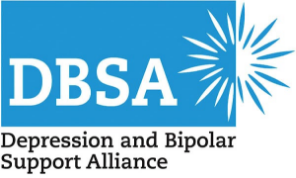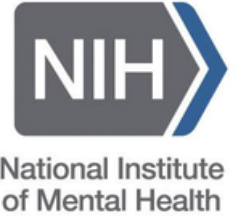Gain insights and find useful resources for the acute treatment of agitation
Hear from leading experts
A ROUNDTABLE DISCUSSION ON ACUTE AGITATION
Dr. Zeller, Dr. Zun, and Terry Foster, RN, gather for an expert panel discussion on acute agitation.
Click the
![]() icon to view content chapters.
icon to view content chapters.
*Dr. Zeller and Dr. Zun are acting on behalf of and are supported by BioXcel Therapeutics, Inc.
IDENTIFICATION OF ACUTE AGITATION
Learn about the spectrum of agitation and when may be the right time to intervene.
COOPERATIVE DE-ESCALATION
Learn how strategies in de-escalation can help facilitate patient cooperation.
Review expert guidelines from the American Association for Emergency Psychiatry (AAEP)
Project BETA (Best practices in Evaluation and Treatment of Agitation) is a series of clinical practice guidelines designed to address the treatment of agitation in the acute, emergency psychiatric setting.*
*Project BETA Guidelines were originally published in the Western Journal of Emergency Medicine.
Consensus Statement of the AAEP Project BETA Medical Evaluation Workgroup:
Key Highlights
- Various assessment scales available to determine the patient’s level of agitation1
- Appropriate algorithms for triage and evaluation of an agitated patient in both nonmedical and medical settings1
- Differentiation between medical and nonmedical causes of agitation for appropriate, precise, and timely treatment approaches1
Key Highlights
- Initial psychiatric assessment of agitated patients is challenging and usually cannot be completed until the patient is calm enough to participate2
- Initial evaluation aims to find the cause of the agitation through visual observation and collateral information2
- There is an algorithm for psychiatric assessment that provides a stepwise approach to evaluation2
- The goal of emergency assessment of psychiatric patients is not necessarily to obtain a diagnosis but to intervene and calm the patient2
- Once the patient is calmed, a more extensive psychiatric assessment can be completed2
Key Highlights
- Verbal de-escalation techniques can decrease agitation and reduce the potential for associated violence, while empowering the patient to stay in control3
- The 4 main objectives when treating an agitated patient are to ensure the safety of the patient, staff, and others in the area, to help the patient manage his/her emotions and regain control, to avoid the use of restraint when at all possible, and to avoid coercive interventions that escalate agitation3
- There are 10 established domains of de-escalation that include but are not limited to respecting personal space, not being provocative, establishing verbal contact, being concise, setting clear limits, and offering choices and optimism3
Key Highlights
- Using medication as a restraint (ie, to restrict movement) should be discouraged4
- Verbal de-escalation and environmental stimulation should be attempted first4
- The goal of medication should be to calm the patient, not sedate4
- Patient involvement in the selection of type and route of medication is encouraged4
- If the patient is cooperative, oral medications should be offered over intramuscular injections4
Key Highlights
- Seclusion and restraint can cause adverse physical and psychological effects on staff and patients5
- Unless the patient is actively violent, verbal de-escalation should be tried first to encourage patient cooperation5
- Seclusion or restraint may be used only when less restrictive interventions have been determined to be ineffective5
- Seclusion or restraint may only be imposed to ensure the immediate physical safety of patients or staff5
Explore useful resources
ACEP, American College of Emergency Physicians; DBSA, Depression and Bipolar Support Alliance.
Find additional resources from support organizations and advocacy groups
Explore information and support for patients with schizophrenia and bipolar disorders and their caregivers through the following organizations†:
References:
1. Nordstrom K, Zun LS, Wilson MP, et al. Medical evaluation and triage of the agitated patient: consensus statement of the American Association for Emergency Psychiatry Project BETA Medical Evaluation Workgroup. West J Emerg Med. 2012;13(1):3-10. doi:10.5811/westjem.2011.9.6863 2. Stowell KR, Florence P, Harman HJ, Glick RL. Psychiatric evaluation of the agitated patient: consensus statement of the American Association for Emergency Psychiatry Project BETA Psychiatric Evaluation Workgroup. West J Emerg Med. 2012;13(1):11-16. doi:10.5811/westjem.2011.9.6868 3. Richmond JS, Berlin JS, Fishkind AB, et al. Verbal de-escalation of the agitated patient: consensus statement of the American Association for Emergency Psychiatry Project BETA De-escalation Workgroup. West J Emerg Med. 2012;13(1):17-25. doi:10.5811/westjem.2011.9.6864 4. Wilson MP, Pepper D, Currier GW, Holloman GH, Feifel D. The psychopharmacology of agitation: consensus statement of the American Association for Emergency Psychiatry Project BETA Psychopharmacology Workgroup. West J Emerg Med. 2012;13(1):26-34. doi:10.5811/westjem.2011.9.6866 5. Knox DK, Holloman GH. Use and avoidance of seclusion and restraint: consensus statement of the American Association for Emergency Psychiatry Project BETA Seclusion and Restraint Workgroup. West J Emerg Med. 2012;13(1):35-40. doi:10.5811/westjem.2011.9.6867

